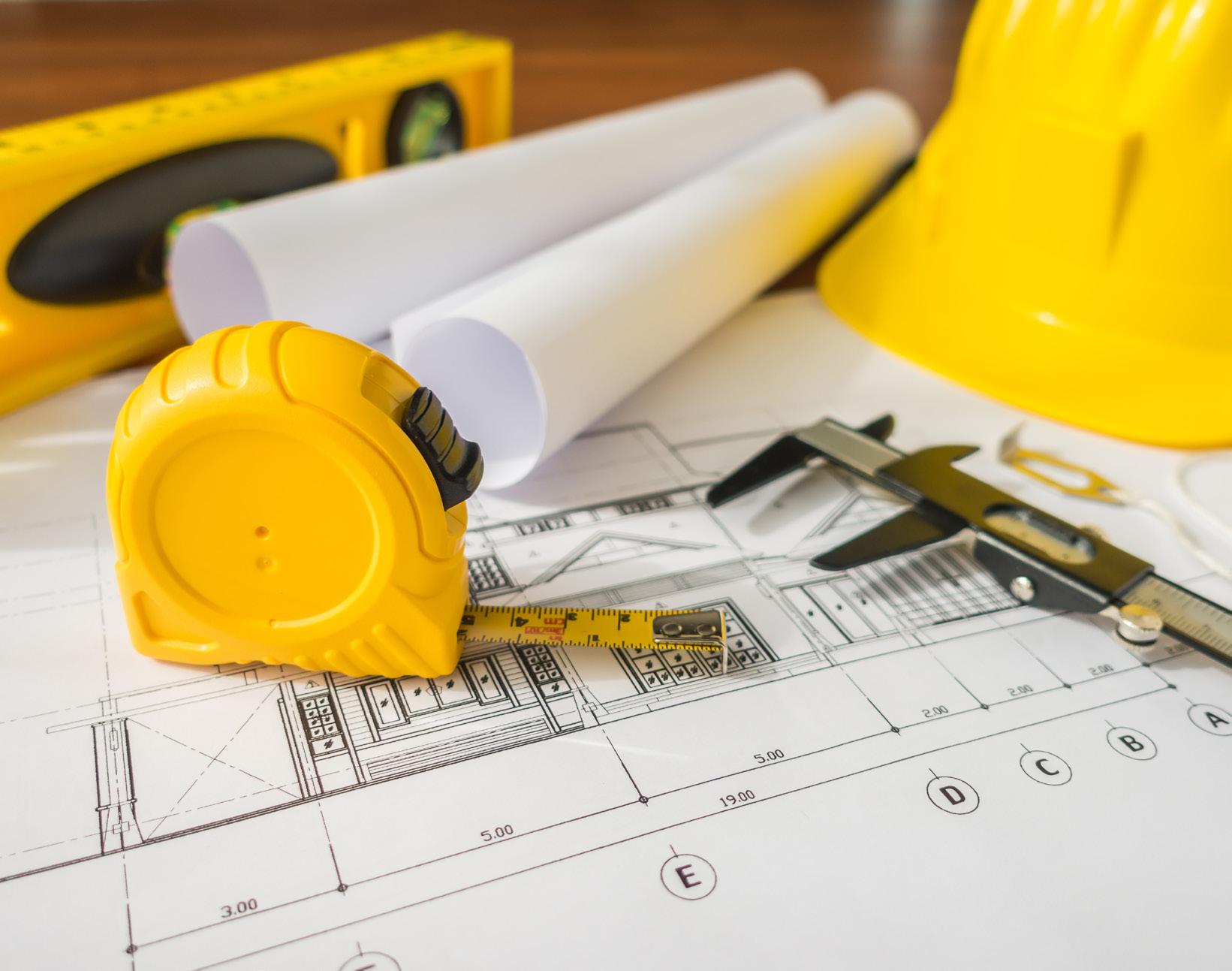
4 minute read
How It Works
Under More Construction
Following up on last issue’s article on zoning, one of our zoning committee members outlines the intricacies of construction and permitting.
By Sam Olshin
While individual home and business owners look to renovate and expand their properties periodically, professional development firms often look to do larger projects to leverage the opportunities afforded to them by low interest rates, the vitality of the neighborhood, and the Philadelphia Zoning Code.
Queen Village, although one of the oldest neighborhoods in the city, is not a designated historic district for a variety of reasons. Many structures within the neighborhood, however, are individually historically designated. Any work on the façades of historic structures within the neighborhood is required to be submitted to the Philadelphia Historic Commission (PHC) for review, comment, and approval as part of the building permit application process. This only applies for historically designated buildings and also only to the building’s exteriors. Unlike in New York City, the powers of the PHC do not apply to any interior modifications of historic properties. One can learn more about which property addresses are historically designated at bit.ly/Phila_Historical_Commission.
The majority of projects involving construction or demolition (in whole or in part) require a building permit. However, smaller-scale improvements like cabinetry, painting, new interior finishes, non-historic masonry pointing, specific fencing, and sheds do not require a permit. Queen Village is fortunate that it has its own Neighborhood Zoning Overlay District. This overlay provides stipulations and restrictions, including types of businesses, as well as limiting the use of vinyl or aluminum siding for exterior building materials where visible to the public. One can access property information by address online, related to permits, inspections, violations, and licenses at atlas.phila.gov.
Those concerned about their building’s stability or underpinning when adjacent construction involves deep excavation can access information at bit.ly/ Adjacent_Construction.
Typically you must get a building permit before starting a project that:
• Constructs a new building.
• Enlarges or adds to an existing structure.
• Changes the interior or exterior of an existing structure.
• Partially or fully demolishes a structure.
• Changes the occupancy classification of any part of a building.
• Increases the occupant load in a space.
• Includes major repairs that aren’t part of regular maintenance.
• Includes 5,000 sq. ft. or more of earth disturbance.
Some proposed projects are eligible for an EZ Permit (bit.ly/Phila_EZ_Permit), which does not require the submittal of any architect or engineer-stamped plans, only a building permit application. Plans are typically not required for mechanical, electrical, and plumbing work in new residential construction projects. In most cases, one must get a Zoning Permit, (bit.ly/Philadelphia_Zoning_Permit) before one can apply for a building permit. Any work that does not conform to the zoning and building permit process is considered illegal. If it is built illegally and does not follow the aforementioned process, it is subject to fines, legal action, and may be required to be safely dismantled following inspection and direction by the Department of Licenses and Inspections. This has happened at least once in the neighborhood in recent memory.
Building within the city limits can be both a rewarding and challenging endeavor. As a unique neighborhood within Philadelphia, Queen Village is characterized by architectural diversity and vitality. The goal of the permitting process is to protect private property and promote life safety issues while balancing preservation, adaptive re-use, and contemporary intervention. So before embarking on an extensive project, it is important to hire experienced and licensed architectural, engineering, and construction professionals, when required, who can assist in guiding the project through the process to best ensure a successful outcome. ■










